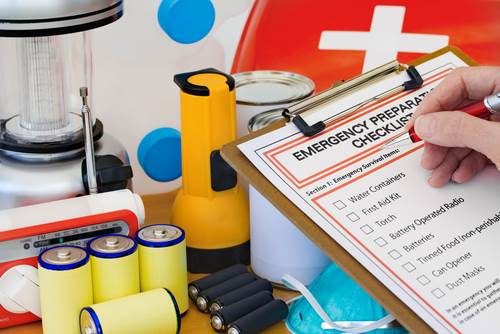Is Your Lab Emergency Ready?
9/6/2018

National Preparedness Month (NPM) is recognized each September. This year’s NPM will focus on planning, with an overarching theme: Disasters Happen. Prepare Now. Learn How.
Emergencies like natural or manmade disasters can impede your lab’s efficiency and sometimes even bring operations to a halt. Preparation can help ensure that your lab continues to deliver high quality results and keep patients healthy, even during a disaster situation. The laboratory has unique vulnerabilities during an emergency that are often different from the facility as a whole. This is why it’s important for lab leadership to participate in setting up the facility’s disaster preparedness plan. Participation is an opportunity to communicate those unique vulnerabilities and to understand overall facility and disaster planning.
Another critical area for ensuring laboratory operations during a disaster is staff planning. Lab management should ensure that staff that may need to work longer shifts during an emergency have adequate shower and sleeping facilities, as well as access to meals and toiletries. Planning for backup staff in the event that the emergency affects laboratory staff’s ability to work scheduled shifts is also an important consideration.
Failures in communications are often cited as the single greatest challenge in large-scale disaster operations. During power outages, electronic communication systems often can’t be relied upon. A communications assessment should be conducted with knowledgeable personnel familiar with the facility, and contingency planning, including the employment of verbal or handwritten communication, should be planned.
CLSI’s GP36—Planning for Laboratory Operations During a Disaster, provides guidance for laboratory and health care leadership for development, implementation, and sustainment of effective emergency preparedness plans. Learn more about creating a laboratory disaster plan for your facility.
